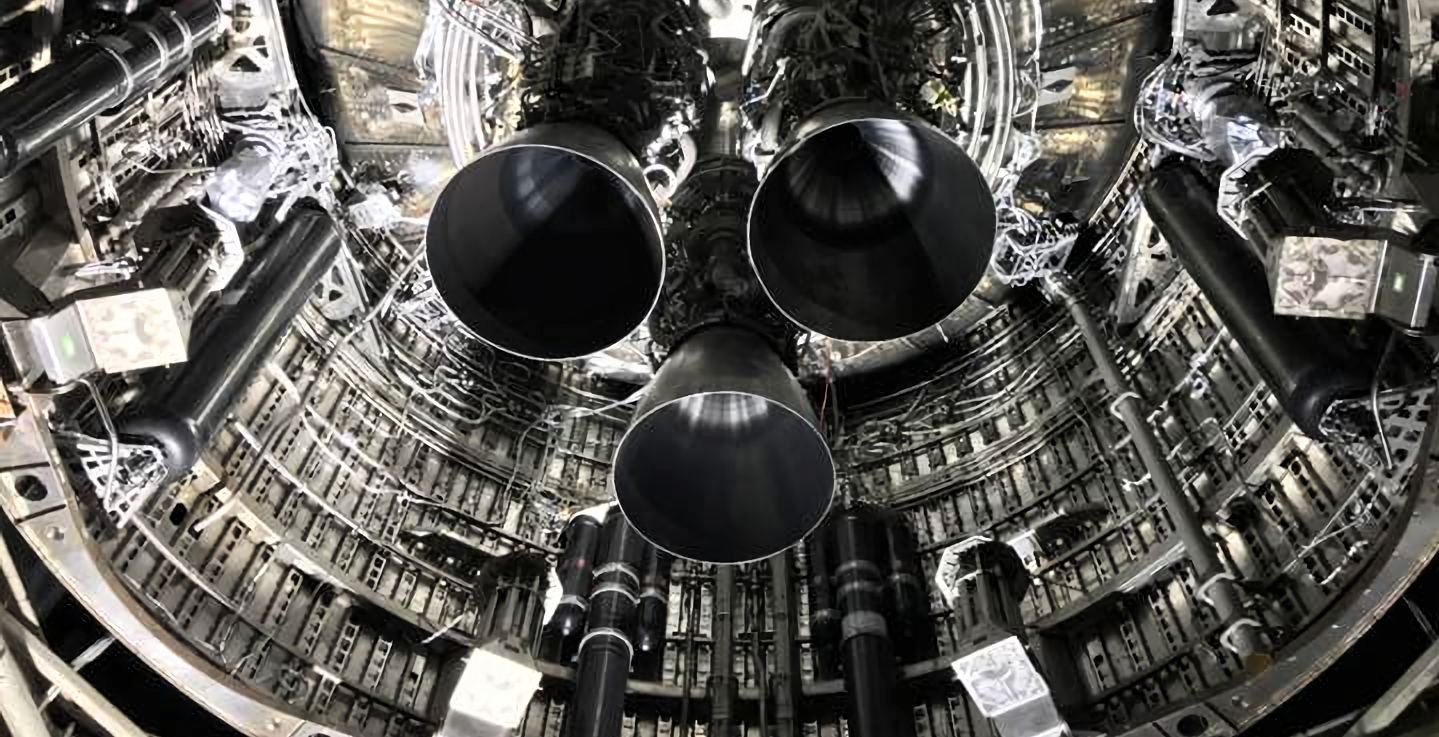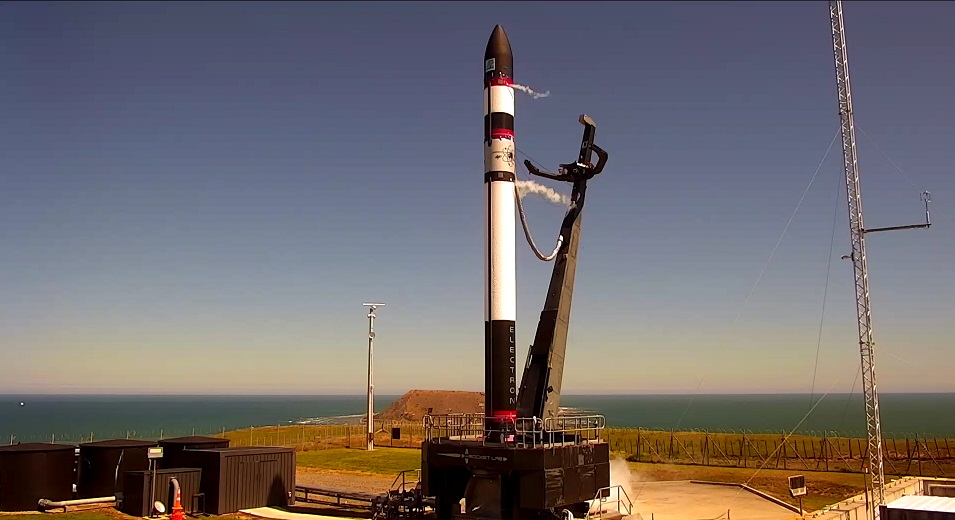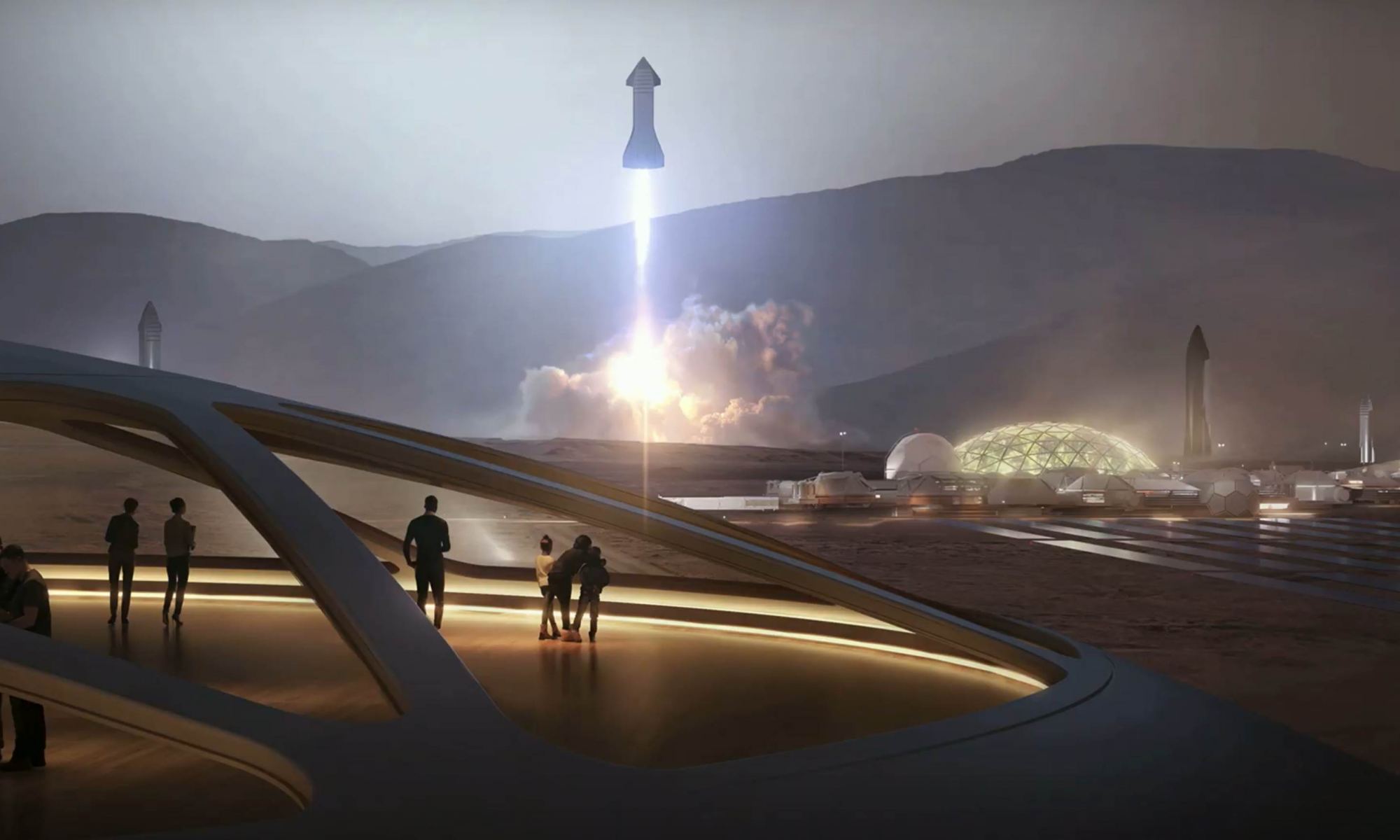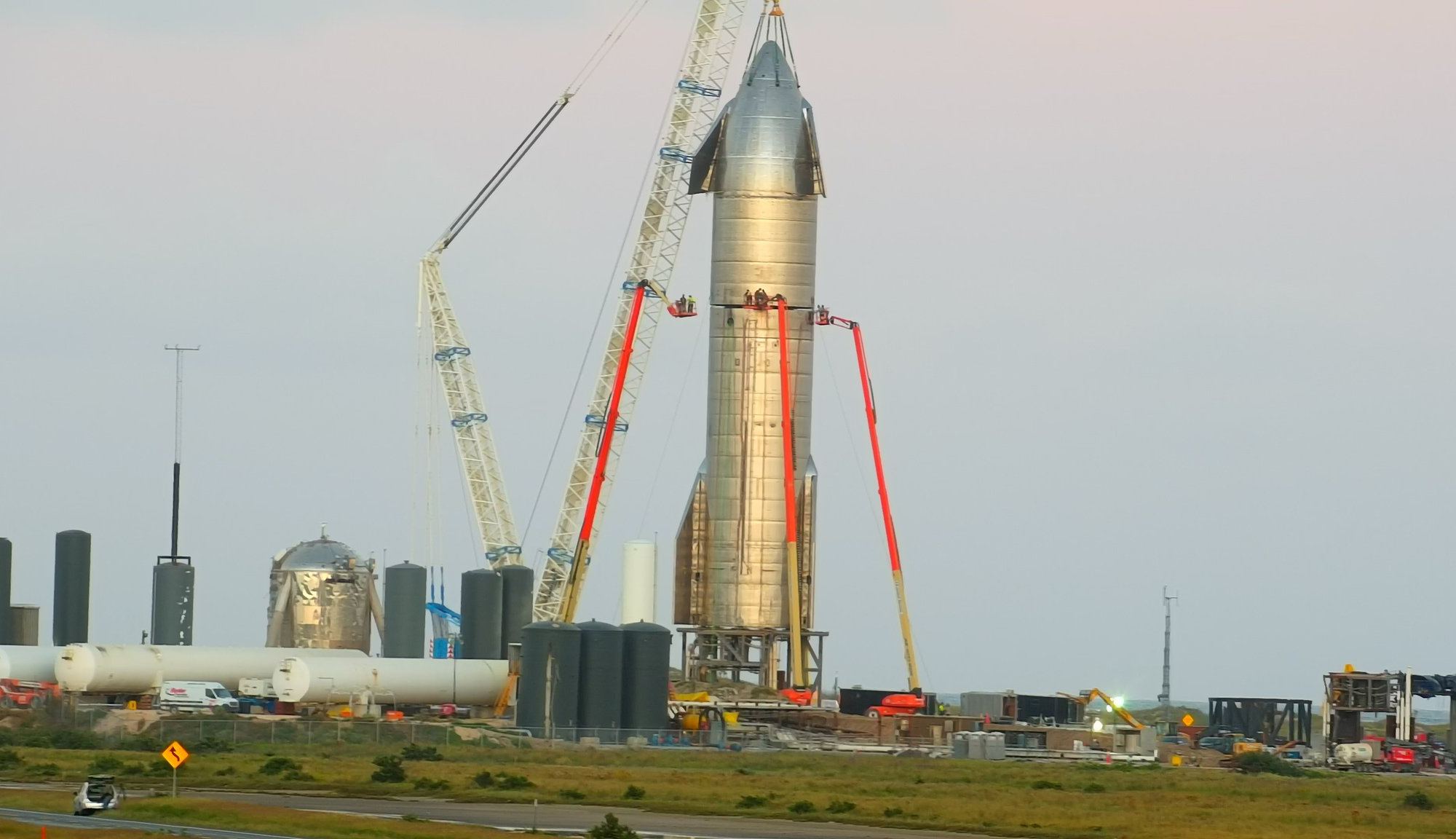In 2012, the Gateway Foundation was founded with the purpose of building the world’s first rotating space station in orbit – known as The Gateway. This is no easy task and must be preceded by establishing the necessary infrastructure in orbit and the creation of a series of smaller structures to test the concept. This includes the Voyager Class station, a rotating structure designed to produce varying levels of artificial gravity.
In recent months, the Orbital Assembly Corporation (OAC) – founed in 2018 by the Gateway team – began working on a crucial component, known as the DSTAR. These and other updates about their Voyager Class station were the subjects of a recent video featuring Foundation and OAC CEO John Blincow. According to Blincow, he and his colleagues will be performing a demonstration and making a big announcement in the coming weeks!
Continue reading “Gateway Foundation Gives a Detailed Update on its Voyager Station Concept”








